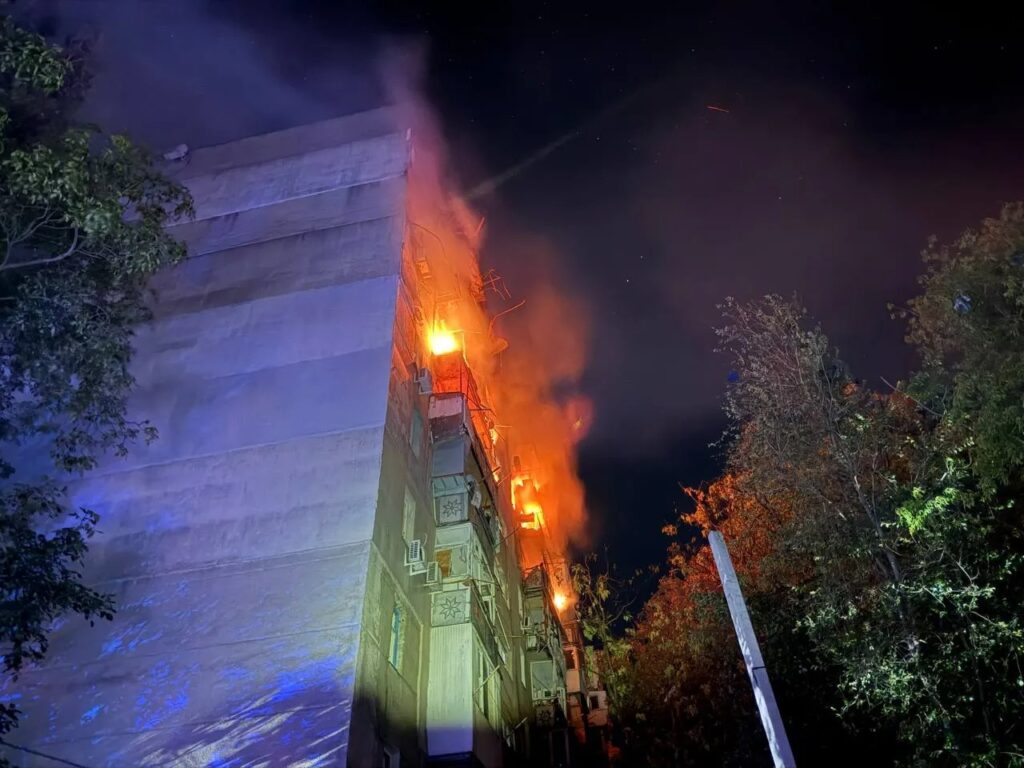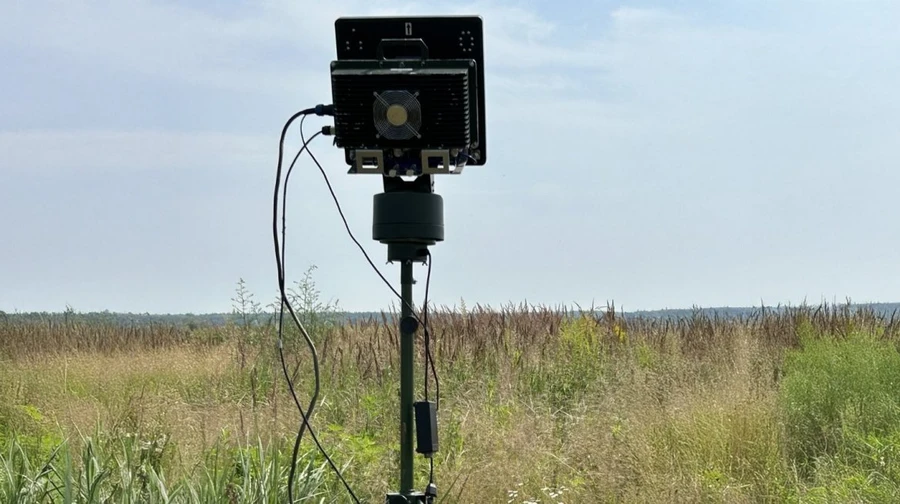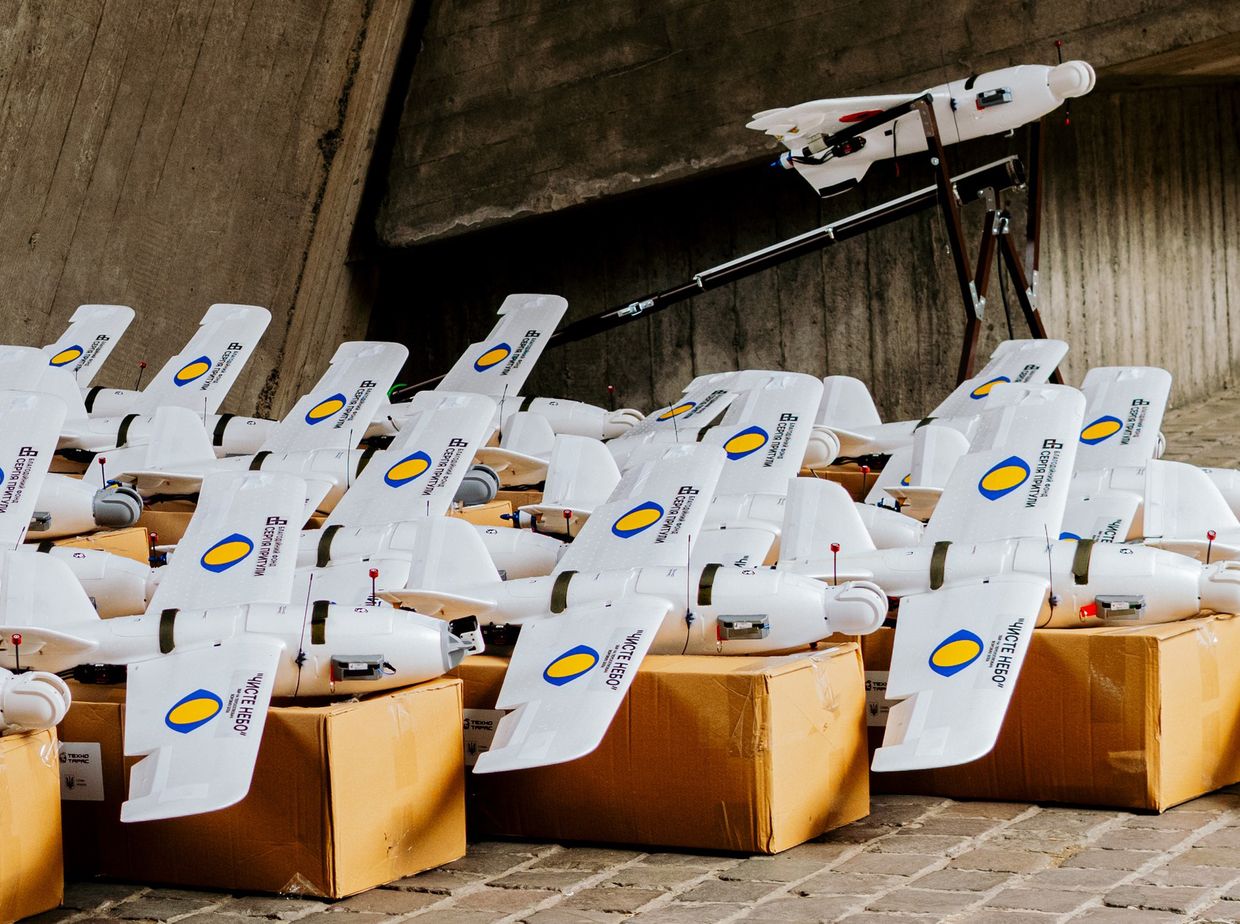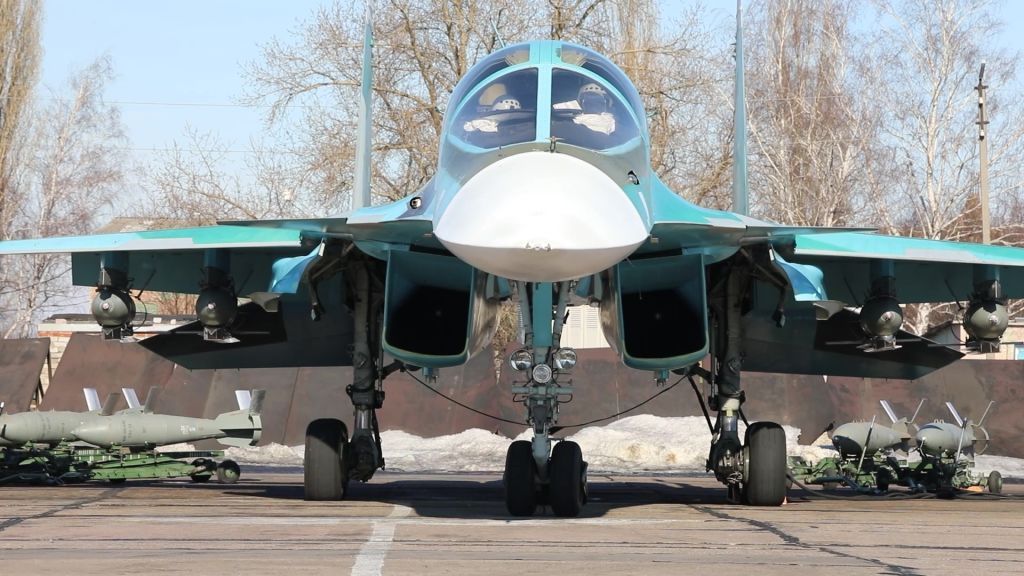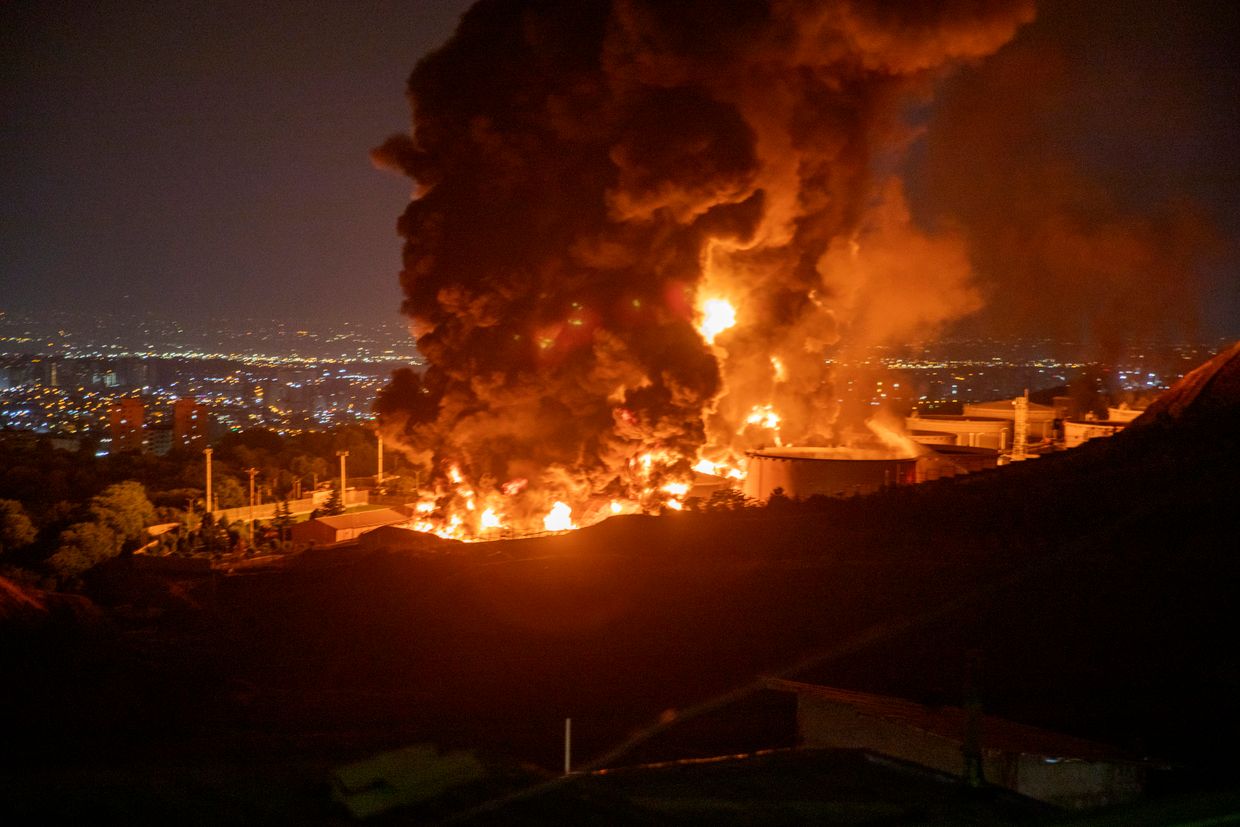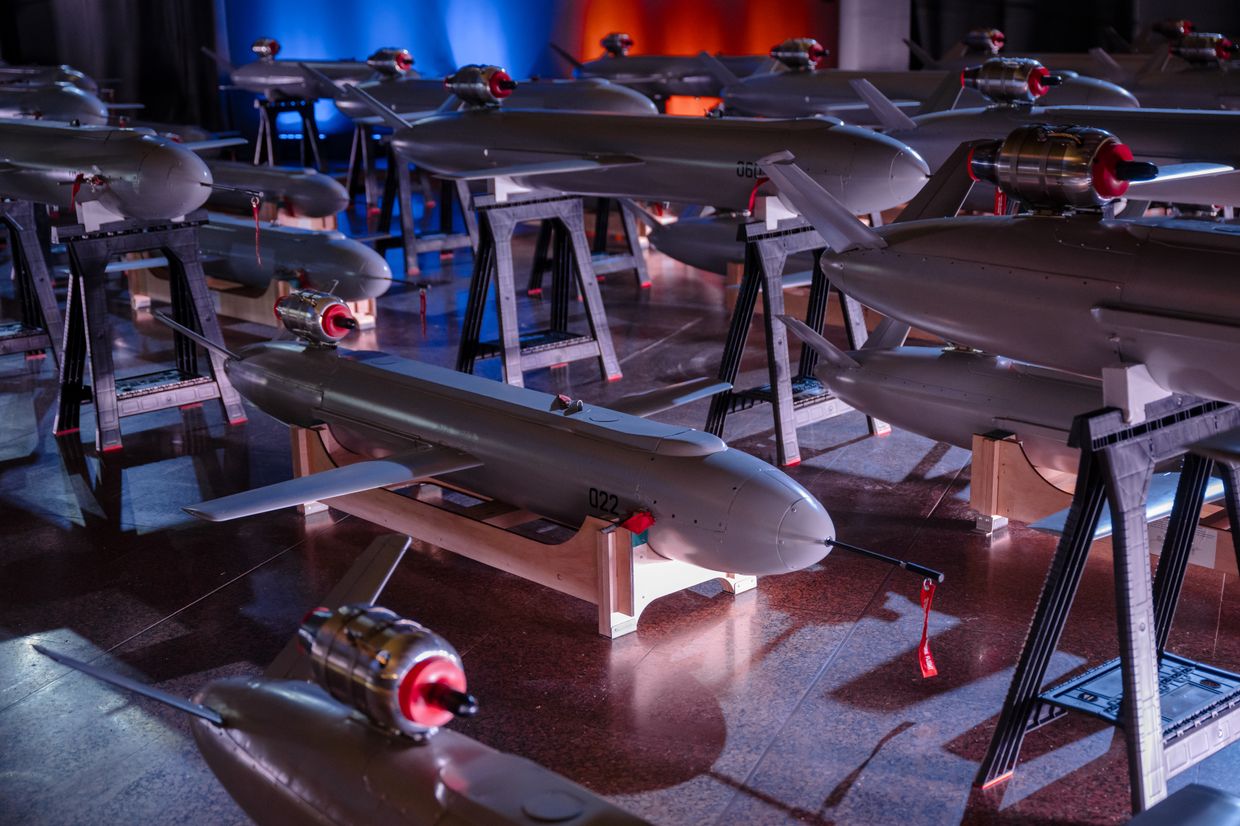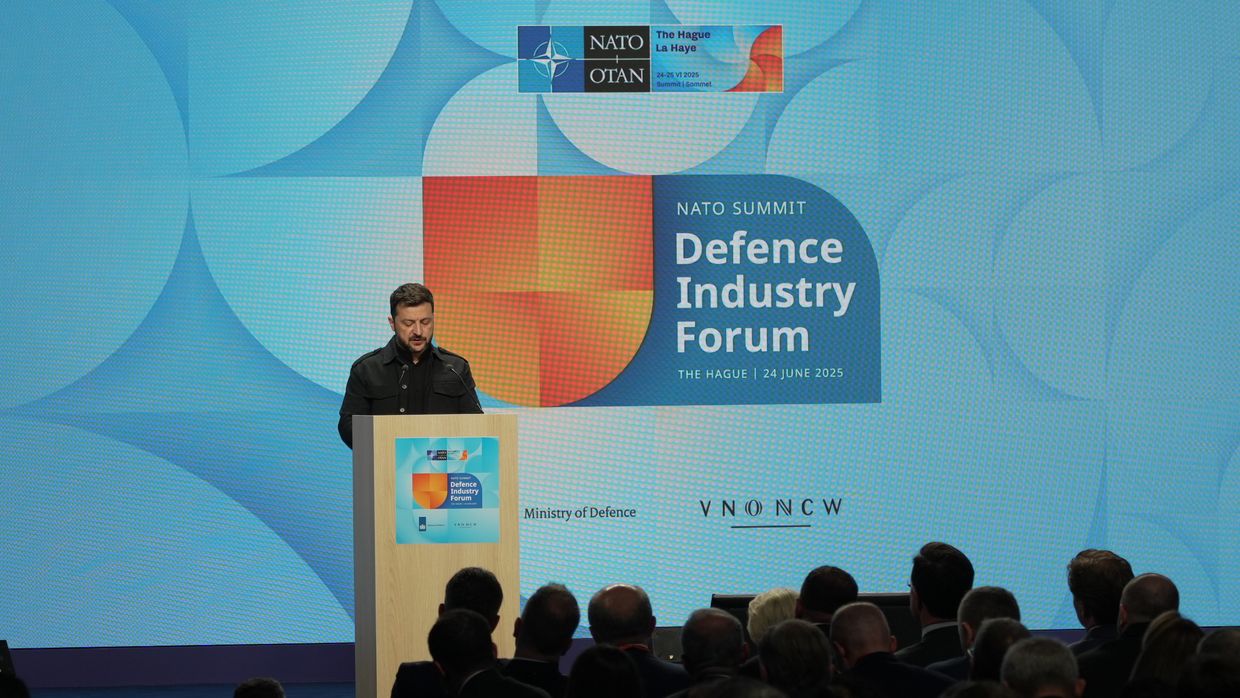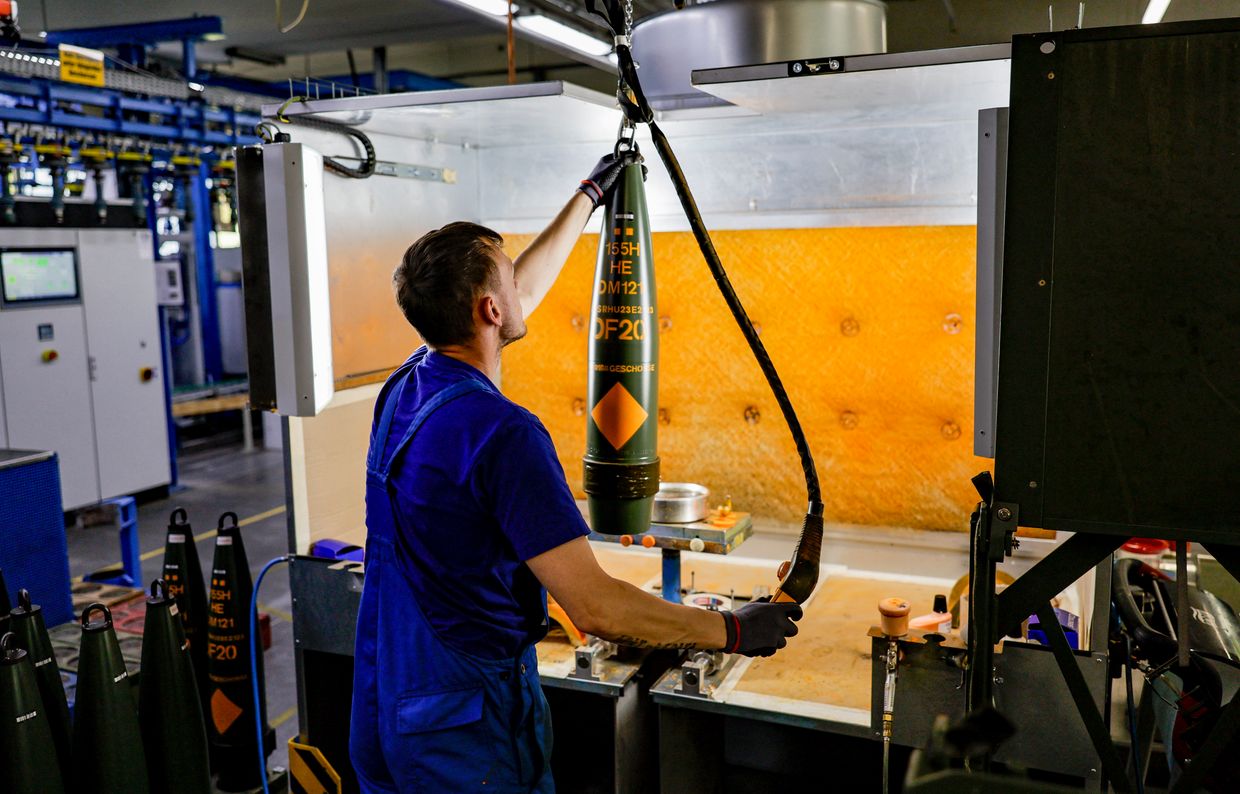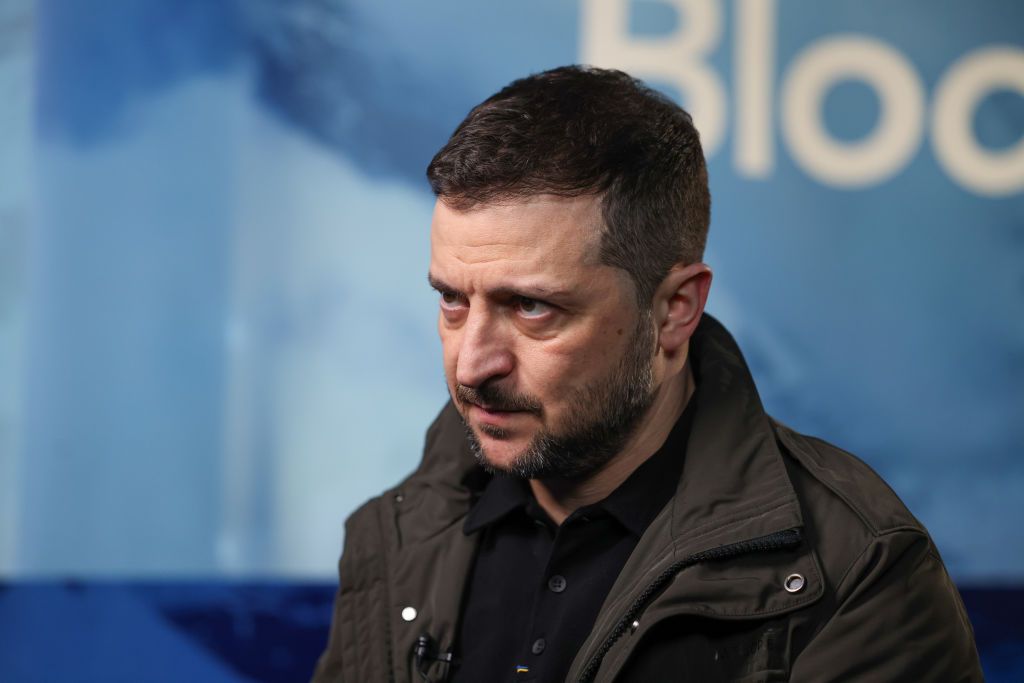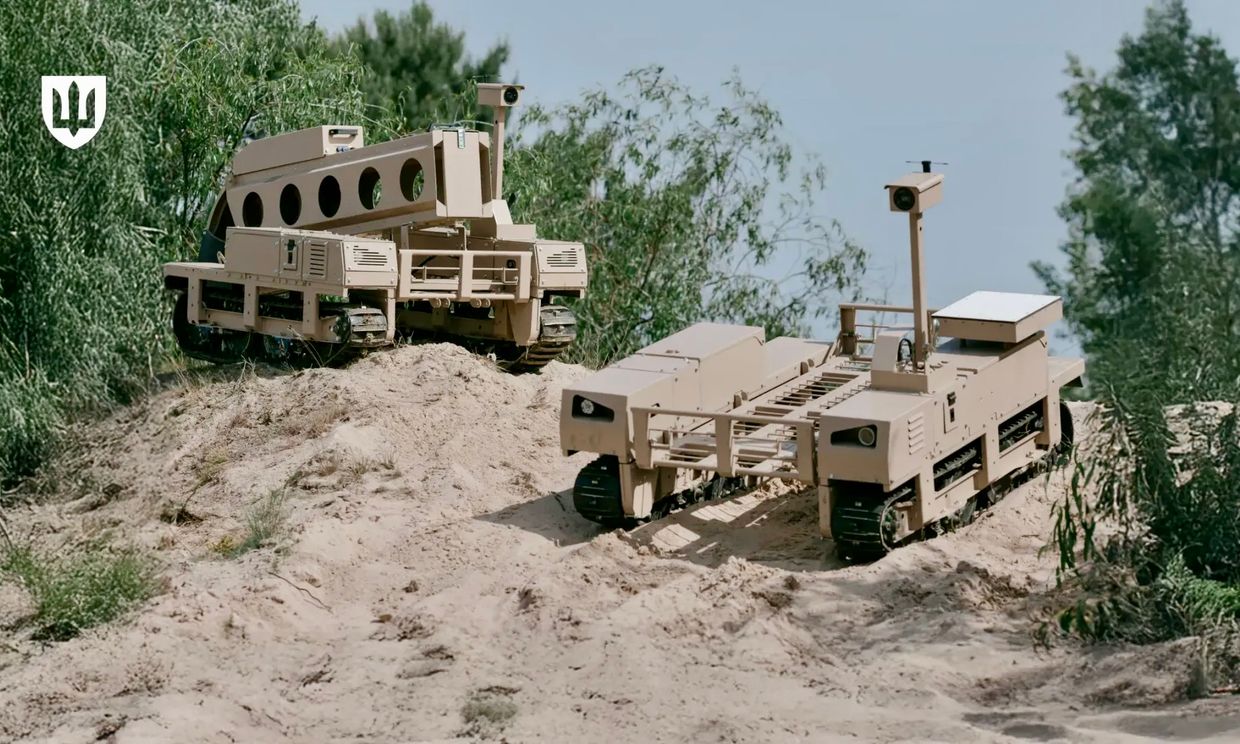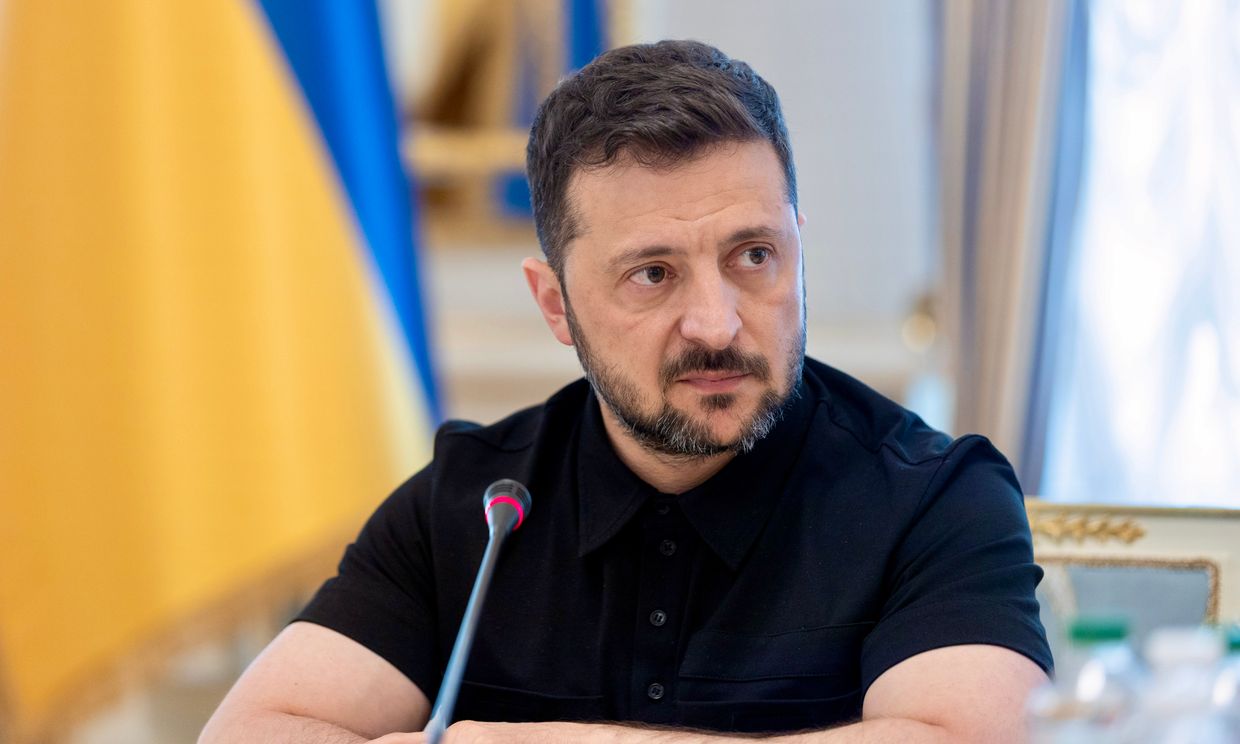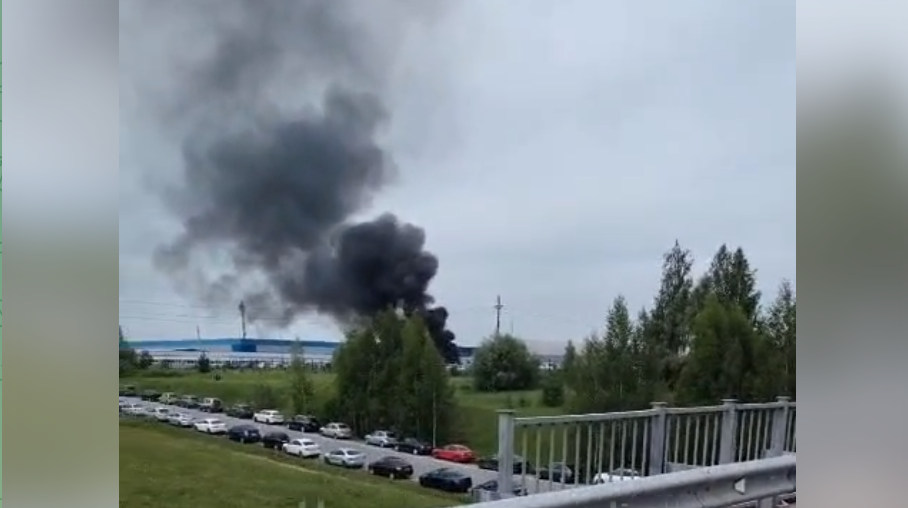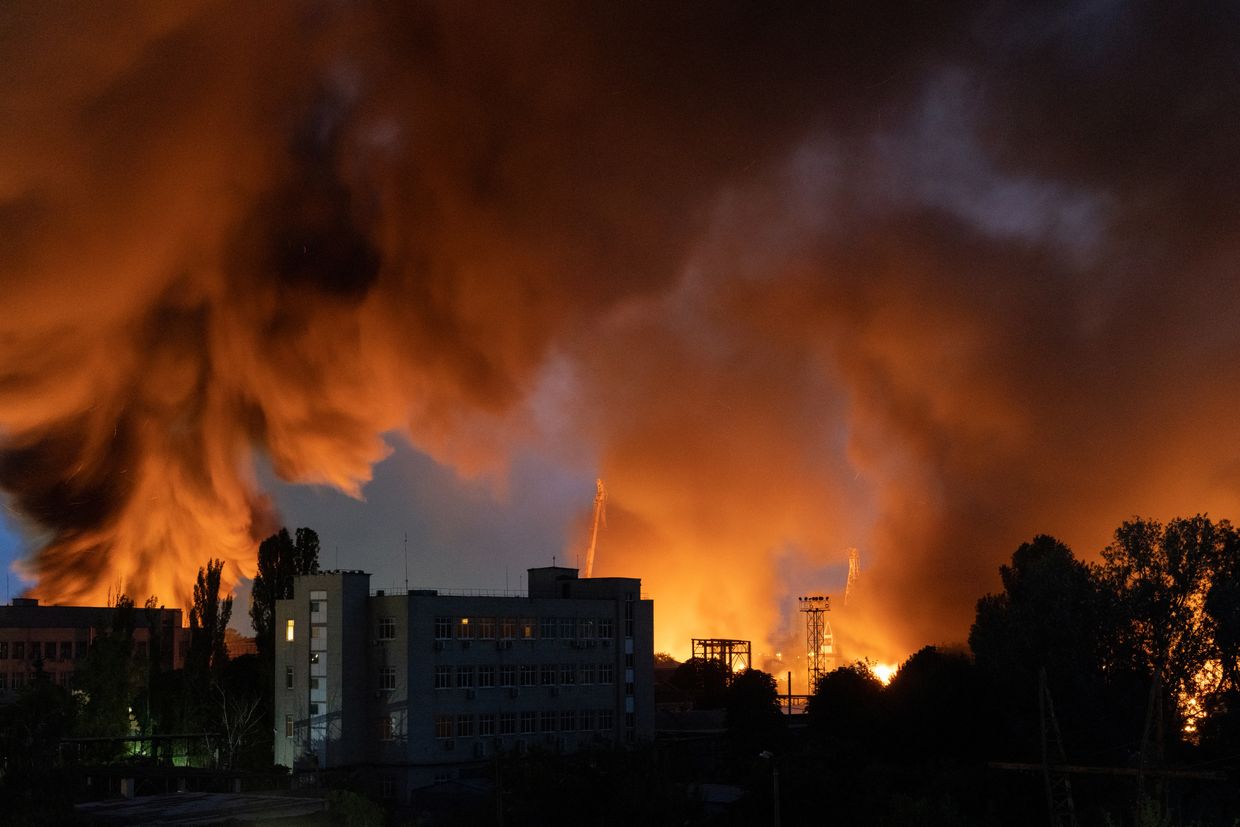UK signs deal to mass produce Ukraine’s interceptor drones as war tech alliance deepens

The UK Government has announced it will begin mass-producing Ukrainian-designed interceptor drones under a new industrial partnership, marking a major shift in how Britain supports Ukraine’s defense against Russia.
UK to mass produce Ukrainian-designed drones under new tech-sharing deal
The UK Government’s press release says that the first product of the expanded defense partnership is Project OCTOPUS, an air defense interceptor drone developed in Ukraine with UK technical support. The drone has already been used successfully against Russian Shahed one-way attack drones and will now be built at scale in Britain. Officials say production will reach thousands of units per month.
UK Prime Minister Keir Starmer called the move a “landmark moment,” adding that the partnership harnesses both countries’ defense industries.
“By helping Ukraine defend itself against Putin’s barbaric attacks, we are also creating British jobs, driving growth, and securing our own future,” he said.
UK Defense Secretary John Healey said the initiative would allow UK companies “unprecedented access” to next-generation designs.
“We will innovate at a wartime pace and support both UK and Ukrainian security,” he said.
Britain to manufacture at scale under new defense strategy
The UK-Ukraine agreement enables sharing of intellectual property and co-development of defense systems. It follows Starmer’s summer meeting with President Volodymyr Zelenskyy and Healey’s recent visit to Kyiv, where the partnership was expanded.
The UK sees this effort as part of its broader “Plan for Change,” which links national security with economic development through industrial growth and job creation.
Drone production surge and funding spike
The drone deal is part of a wider plan to massively expand drone support for Ukraine. In March, the UK Prime Minister announced a £1.6 billion ($2.16 billion) package to deliver over 5,000 air defense missiles, creating 200 jobs and supporting 700 more.
The UK will also invest £350 million ($470 million) this year to ramp up drone production for Ukraine, aiming to deliver 100,000 drones in 2025—up from 10,000 in 2024. Total UK military aid to Ukraine for 2025 will hit £4.5 billion ($6 billion), the highest annual sum to date.


